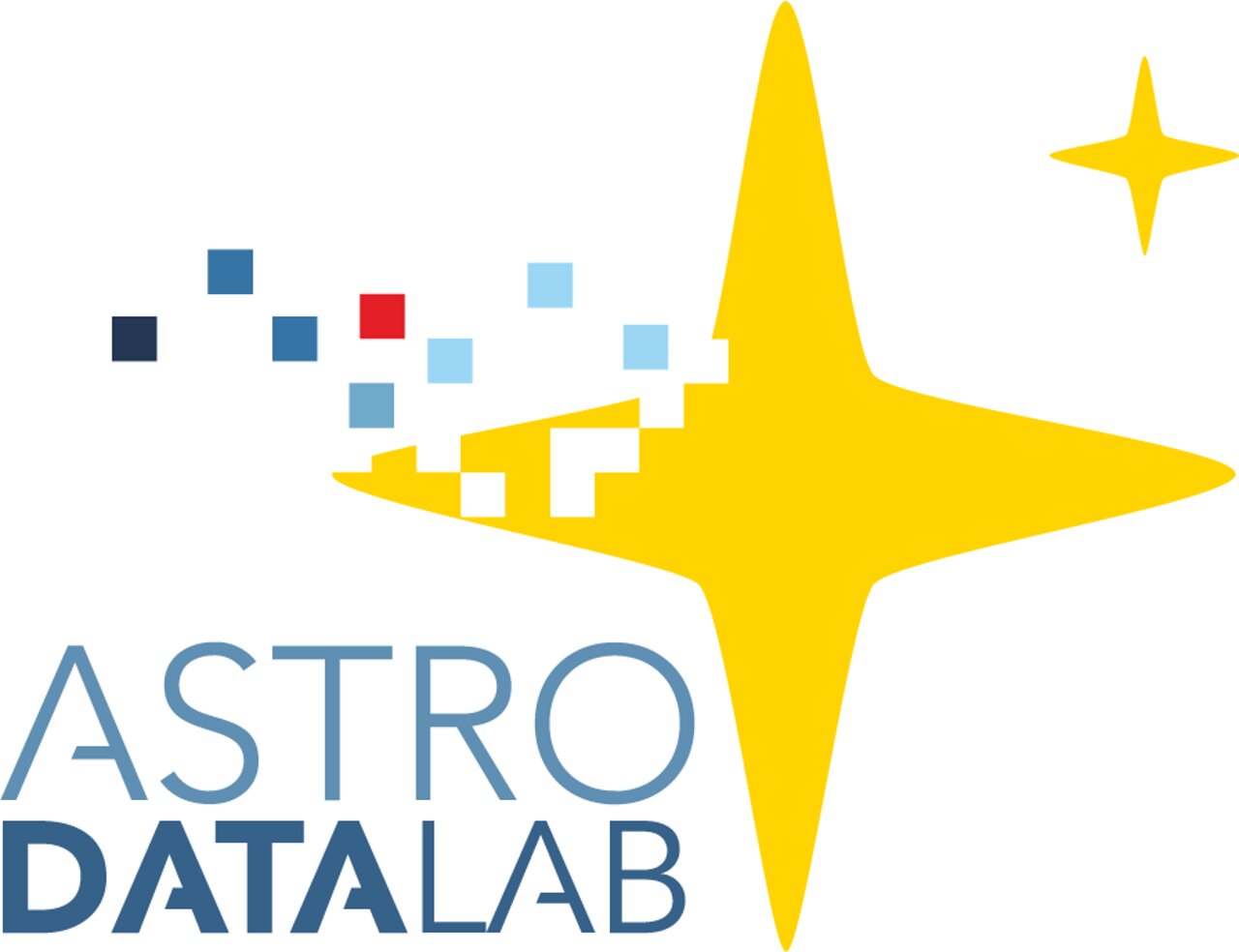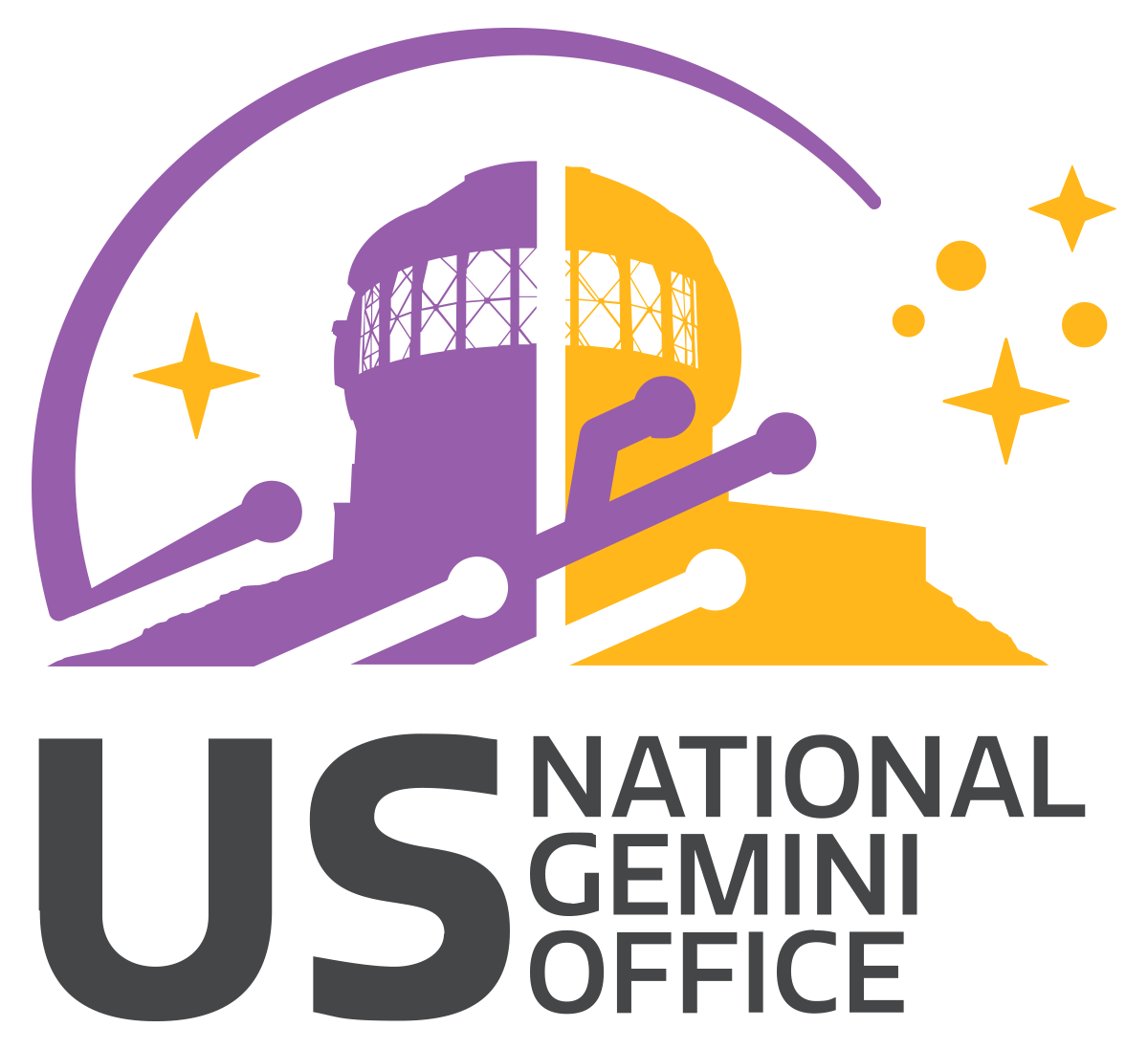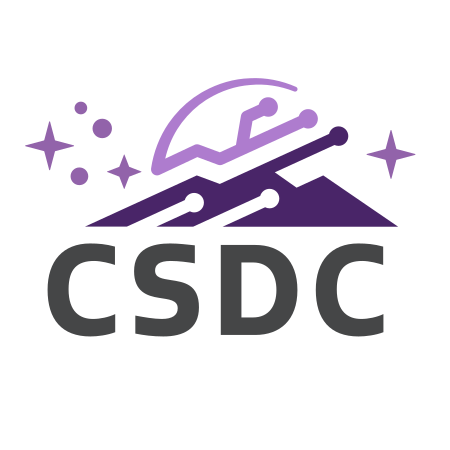About

Time Allocation Committee
One of the key programs managed by CSDC is the Time Allocation Committee (TAC). This program supports proposals for open-access observing time on U.S. ground-based optical telescopes through a peer-review process. TAC is charged with the scientific assessment and ranking of observing proposals for all NOIRLab-coordinated facilities (Kitt Peak National Observatory, Cerro Tololo Inter-American Observatory, the International Gemini Observatory, and allocations under NSF Mid-Scale Innovations Program). The NOIRLab TAC meets every six months, about one month after each proposal submission deadline, to advise the NOIRLab Director on the allocation of telescope time. The TAC comprises seven broad discipline-based panels, plus special panels to handle survey or other proposals. TAC members are appointed by the chair of the NOIRLab TAC process. The NOIRLab TAC has implemented a dual anonymous two-stage proposal review process with the goal of keeping the first stage focused on the science being proposed. This program ensures the highest quality of research.
For more information on the NOIRLab TAC process, or if you're interested in participating as a TAC member, please contact Mia Hartman, TAC Coordinator, or Verne Smith, Time Allocation Process Manager.

Astro Data Lab
NOIRLab’s Astro Data Lab is a sophisticated community science platform. Its foremost goal is to enable efficient exploration and analysis of the large datasets now being generated by instruments on NOIRLab’s telescopes. Astro Data Lab is being developed at NOIRLab’s Community Science & Data Center. It aims to:
- Enable easy and open access to high-value survey catalogs from NOIRLab and external sources (e.g. Sloan Digital Sky Survey, Gaia, WISE), and to NOIRLab-based images linked to catalog objects.
- Enable scientists to discover the archival data that they need for their science.
- Bring scientists’ data reduction needs and analysis code to the data. Users need nothing but a good idea to unlock the power of really big data.
- Allow scientists to automate their analysis to aid discovery in large datasets.
Astro Data Lab provides powerful services to enable as much work as possible close to the data, while allowing transfer of data and results to local hardware anytime during the process.
SPARCL
SPectra Analysis & Retrievable Catalog Lab (SPARCL) at NOIRLab's Astro Data Lab provides flexible access to spectra from large optical and near-infrared surveys. SPARCL currently contains over seven million optical spectra of stars, galaxies and quasars from the Sloan Digital Sky Survey (SDSS) and from the Dark Energy Spectroscopic Instrument (DESI) survey. It is designed to facilitate access to these leading discovery-rich datasets for the astronomy community, to lower the barrier of entry to big-data science for students and researchers at all career stages. Users can efficiently discover and query for spectra based on parameters of interest, a fast web service that delivers desired spectra either individually or in bulk, and documentation and example Jupyter Notebooks to empower users to apply all of these elements in their research.

ANTARES
CSDC is at the forefront of innovation in supporting time-domain astronomy, the study of how astronomical objects change over time. CSDC develops essential infrastructure, such as
ANTARES (Arizona–NOIRLab Temporal Analysis and Response to Events System) which is a software tool built at NOIRLab to process information about changing objects in the night sky.
Large-scale astronomical surveys can obtain images of the sky and compare them to earlier reference images. These comparisons reveal all the objects that have changed in brightness (such as variable or explosive stars) or position (such as asteroids). So many moving and variable objects exist that modern surveys can find hundreds of thousands to millions per night, exceeding what individual astronomers can analyze. The detections of such objects are referred to as 'alerts' by astronomers.
ANTARES is an event broker that currently processes the public alert stream from the Zwicky Transient Facility. The upcoming Legacy Survey of Space and Time, operated by Vera C. Rubin Observatory, will provide an alert stream a hundred times larger and ANTARES will scale up to process it as well.
ANTARES takes the notifications of these changes and filters them in real time using information from the discovery (such as how much the brightness has changed) in addition to cataloged data stored within ANTARES (such as the nature of a host galaxy). These filters are written in Python and users can submit their own. Once subsets of candidate objects are identified by the filters, ANTARES provides data streams that can be transmitted to anyone interested. In addition, users can upload lists of favorite objects and be notified directly when something happens to one of them. ANTARES has a powerful search engine, allowing users to find objects that match their interests, much like Google for the night sky. The ANTARES project is supported by the U.S. National Science Foundation and the Heising-Simons Foundation.

Astro Data Archive
Data archives play a crucial role in maximizing the scientific productivity of observatories. By providing access to data beyond the original purpose for which they were collected and making them accessible to a wider community of researchers, they can be used for many different studies, increasing the scientific outcomes. Archives also play an educational role by enabling researchers, students, and the interested public a chance to learn how to become users of observatory data and facilities.
The NOIRLab Astro Data Archive provides access to data taken with more than 40 telescope and instrument combinations, including those operated in partnership with the WIYN and SOAR consortia, from semester 2004B to the present. In addition to raw data, pipeline-reduced data products from the DECam, Mosaic and NEWFIRM imagers are also available, as well as advanced data products delivered by teams carrying out surveys and other large observing programs with NOIRLab facilities.
One main goal of the Astro Data Archive is to offer several modes of data access and to make petabytes of file holdings transparent to a variety of use cases for users with different interests and technical expertise. This is accomplished by providing complementary graphical and programmatic search interfaces that aim to provide a convenient means of data discovery to a variety of users.

U.S. National Gemini Office
The US National Gemini Office (US NGO), hosted within the Community Science and Data Center (CSDC), is instrumental in ensuring that the U.S. astronomical community can effectively use the International Gemini Observatory. The US NGO serves a critical role in facilitating access for the U.S. astronomical community to Gemini, which comprises twin telescopes located in Hawai‘i (Gemini North) and Chile (Gemini South).
The US NGO’s main goal is to provide comprehensive support to U.S. Gemini users in the phases of the astronomical observing cycle, from proposal preparation through data reduction and analysis, and to provide up-to-date information on instruments, modes, and observing preparation. Additionally, users can contact the members of the Users' Committee for Gemini Observatory (UCG) for partner countries.

